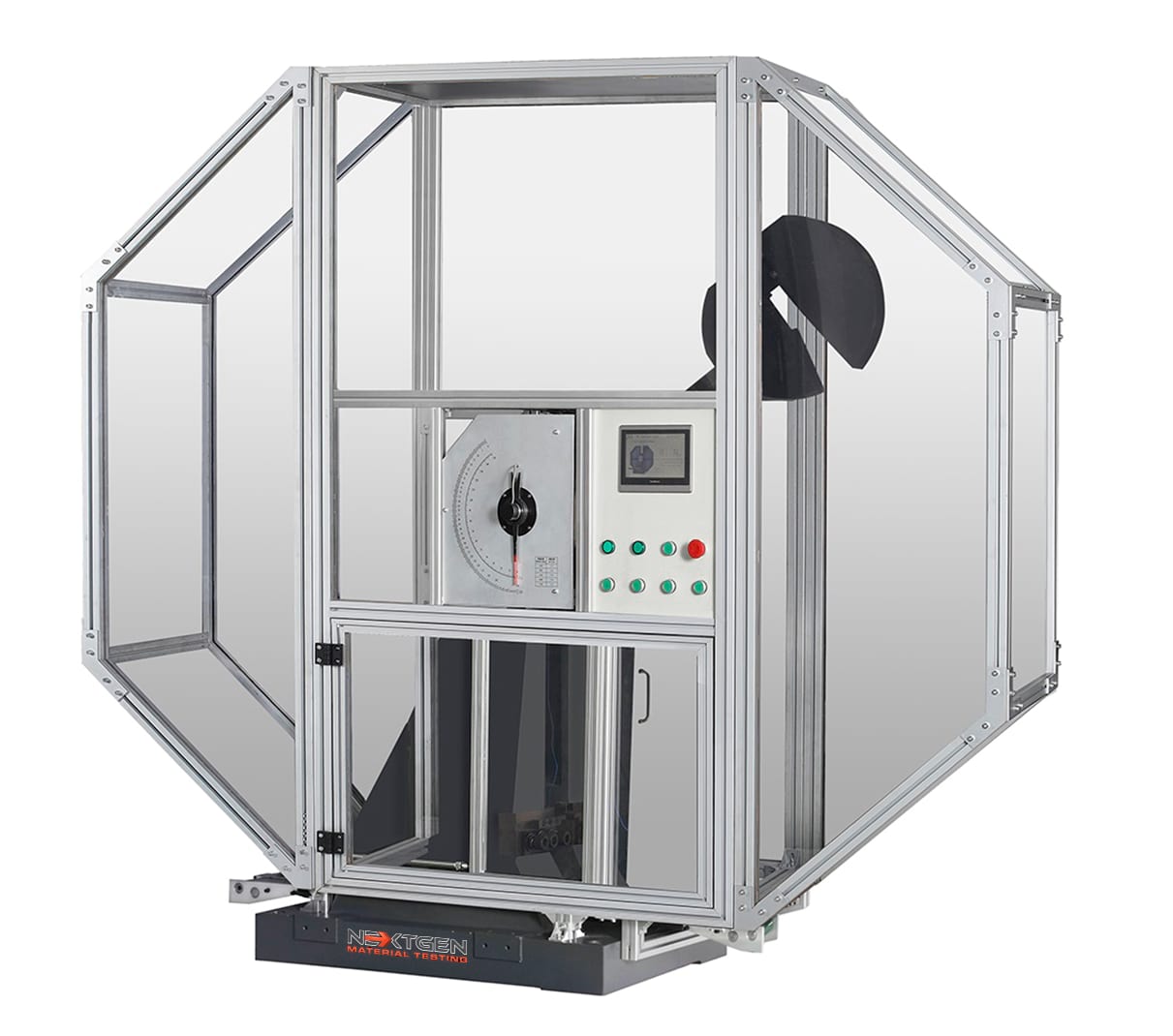
Izod impact strength testing of plastic and other raw materials is important. It can be done via ASTM D256, a standard test method for determining the Izod pendulum impact assistance of plastics.
This is to measure the capacity of the plastic material in terms of strength and resistance. The Izod impact test method was named after an English Engineer. His name is Edward Gilbert Izod.
How Is Izod Impact Testing Done?
Izod impact testing is done by placing the sample material on the Izod impact tester. The Izod test materials usually have V-notch cuts. These notches act as a stress concentration zone.
The pivoting arm is raised at a height that is equivalent to the constant potential energy. This will then be released. The arm will hit the material placed on the tester.
The energy absorbed by the material is calculated from the arm’s height. The test is used to evaluate the relative toughness of the material. This is used more as a comparative test. The energy is measured by kj/m2.
The following are different factors that affect the Izod impact energy:
- Notches – Some materials are more sensitive than the others. The radius tip and depth of the notch are important. A notching machine is used to create this. The machine uses a shearing, cutting or punching process on the sheet-metal or thin bar-stock.
In some cases, a broaching machine could also be used. This is used to remove parts of the metal. This is best used to do a keyhole or U-notch on the material. - Fracture mechanism- This is the ability of the material to handle fracture or damage.
- Temperature and strain rate – Lower temperatures reduce the ductility of the materials.
- Yield strength and ductility – the impact energy of the material is decreased if the yield strength is increased.
How Is Charpy Impact Test Done?
The test was invented in 1900. It was invented by George Augustine Albert Charpy. It is also known as the Charpy V-notch impact test.
Charpy impact testing is done by striking a sample material placed on the charpy impact tester with a hammer on a pendulum arm. The hammer strikes the opposite side of the notch. The test is done to measure the impact toughness and the notch impact, or notch sensitivity of the material.
The energy absorbed by the specimen is measured by the decrease in motion of the pendulum arm.
The standard Charpy test specimen consists of a material that has a measurement of 55x10x10 mm.
The material could have either a V-notch or a U-notch or keyhole notch. The V notch should be 2 mm deep, with a 45 degree angle. The radius along the base must be 0.25 mm.
If it has a U-notch/keyhole notch, it should be 5 mm deep. The radius along the base of the notch must be 1 mm. Metal impact testing is done through the Charpy test. The energy transferred to the material is concluded. This is done by comparing the difference in the height of the hammer before and after the fracture.
Metal impact testers are used to determine how ductile and strong a metal is. The energy is measured by joules per meter (j/m).
Pendulum Impact Tester
This tester mainly consists of:
a. A swinging hammer (pendulum)
b. An angular measurement system – This is used to measure the absorbed energy.
c. A rigid frame that supports the pendulum
d. A test fixture – This holds the specimen (sample material) in place during testing.
There are other testers that have additional features, including:
a. Data acquisition system (DAS)
b. Input test parameters for a test method
c. Integrated or external environmental chamber
This machine is used to determine how strong a material is. It is typically used for impact resistance of razor blades and material qualification. It is also used in transition temperature analysis and quality control.
The Standard methods for Notched Bar Impact testing of metallic materials are found in the following:
1. ASTM E23 – This is an American national standard test for notched bar impact.
2. ISO 148 – This specifies the Charpy pendulum impact test method. The method is for determining the energy absorbed in an impact test of metallic materials.
3. EN 10045 – This is a European Standard test. This is used in charpy impact test for iron and steel castings.
It is important to measure the brittleness of plastics. Izod impact testing helps to understand the base resin of a material. Izod impact testing determines the energy per unit thickness. The measurement is required to break a sample specimen under a determined impact.
Base resin is an artificial synthesized high molecular polymer. This is the basic raw material for plastics. The resin takes up about 30% to 60% of its composition.
It is important to test the brittleness of the plastic. This is for manufacturers to determine how much resin is needed for the sample. Izod testing is commonly used. This is because it commonly runs at lower temperatures.
Izod testing is also commonly used because it is quick. It is also easy to evaluate.
Brittleness is a characteristic of a material where it is rigid and hard but it has little tensile strength. Tensile strength is the resistance of a certain material to breaking under force or tension.
Measuring plastic’s brittleness can also be done with charpy impact testing. Brittle materials absorb little energy. This is before any fracture.
Keep in mind that when a material has reached its strength limit, it can either break or deform.
To learn more, contact us today.